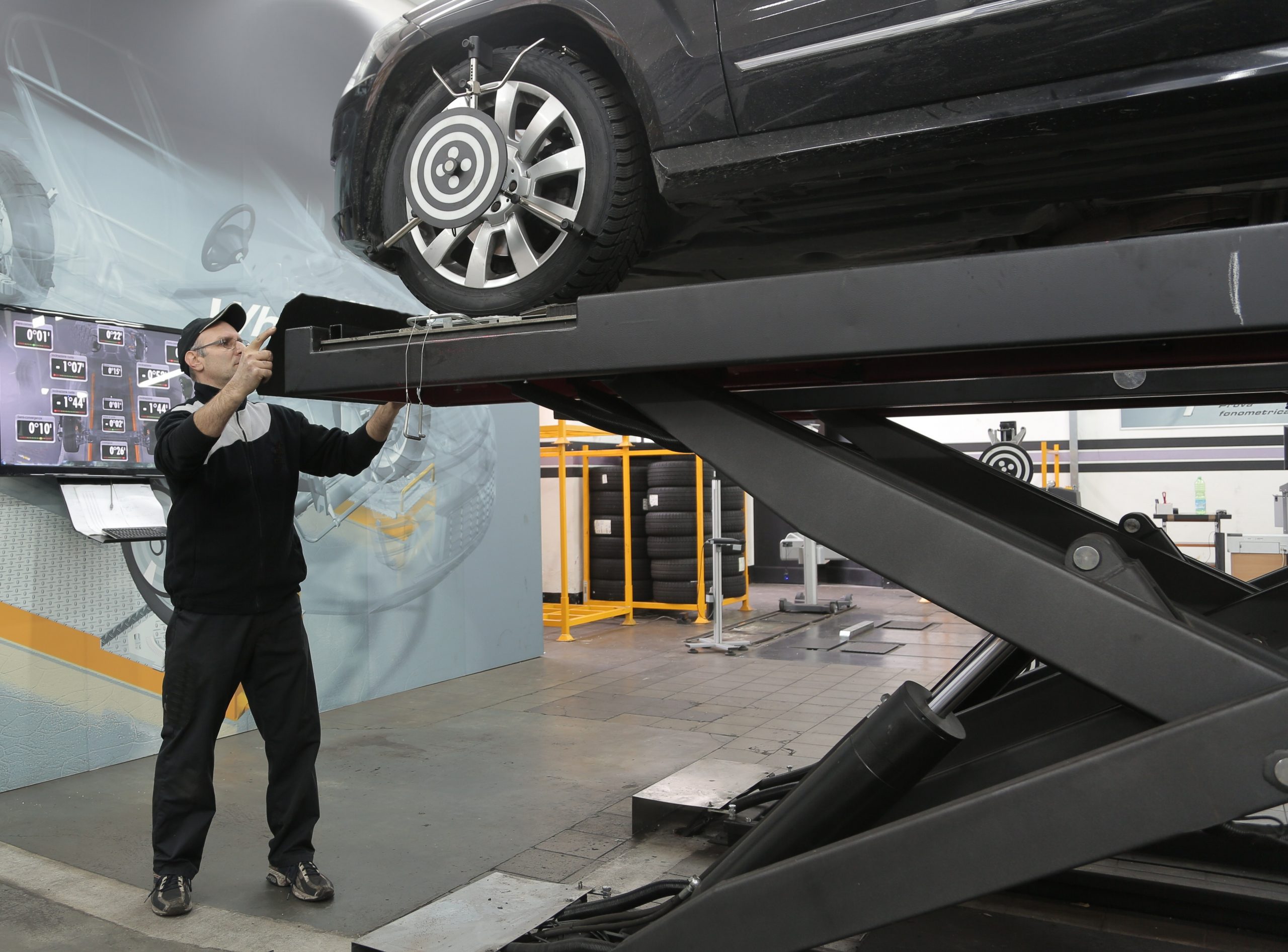Last Updated on: 22nd November 2023, 05:43 am
In the ever-evolving world of automotive engineering, ensuring leak-free vehicles is paramount. Leaks in a vehicle’s systems, whether it’s the fuel, coolant, or even the air conditioning, can lead to inefficiencies, environmental hazards, and costly repairs. To prevent such issues, rigorous testing methods must be employed throughout the manufacturing process. This comprehensive guide delves into the importance of effective testing and explores various techniques to guarantee leak-free vehicles.
Pressure Testing: A Crucial Step in Quality Assurance
Pressure testing is the cornerstone of leak detection in–vehicle systems. It involves subjecting various components to controlled pressure levels to identify any leaks. One essential aspect to consider when conducting pressure tests is understanding the dry screw vacuum pump working principle. These pumps create a vacuum within the system, making it easier to spot even the tiniest leaks. Pressure testing ensures that every vehicle component, from fuel lines to brake systems, meets the stringent leak-free standards.
Ultrasonic Leak Detection: Hearing the Unheard
Ultrasonic leak detection has emerged as a cutting-edge technique in automotive quality control. This method relies on the principle that escaping fluids or gases produce high-frequency sound waves that are beyond human hearing capabilities. Specialized equipment detects these ultrasonic emissions, pinpointing the exact location of a leak. Ultrasonic leak detectors are invaluable in diagnosing leaks in hard-to-reach areas, such as within the vehicle’s engine bay or behind the dashboard.
Visual Inspection: The Human Eye’s Role
While advanced technology plays a vital role in leak detection, the human eye remains an essential tool. Visual inspection by skilled technicians is still a primary method for identifying leaks, especially in exposed or easily accessible components. It complements other testing techniques and allows for immediate recognition of visible defects or anomalies. However, even in this age of automation, the human factor should not be underestimated. Well-trained inspectors play a pivotal role in maintaining the highest quality standards in leak-free vehicle production.
Data-Driven Approach: Monitoring and Continuous Improvement
In the modern automotive industry, data is king. Integrating sensors and monitoring systems into the manufacturing process can provide real-time insights into the integrity of vehicle systems. These sensors can detect pressure variations, temperature fluctuations, or abnormal vibrations that may indicate potential leaks. By harnessing this data, manufacturers can implement proactive maintenance and preventive measures, ensuring that their vehicles remain leak-free throughout their lifecycle. Moreover, continuous improvement based on data-driven insights allows for the refinement of testing procedures and the development of more robust leak detection methods.
In a world where environmental concerns, safety regulations, and customer expectations are ever-increasing, ensuring leak-free vehicles is non-negotiable. Effective testing techniques, including pressure testing with specialized equipment that utilizes the dry screw vacuum pump working principle, ultrasonic leak detection, visual inspection, and data-driven approaches, collectively form the backbone of quality assurance in the automotive industry. Manufacturers must embrace these methods to not only meet but exceed industry standards, delivering vehicles that are not only safe and efficient but also environmentally responsible. By doing so, they ensure that every vehicle that rolls off the assembly line is a testament to their commitment to excellence and customer satisfaction.




